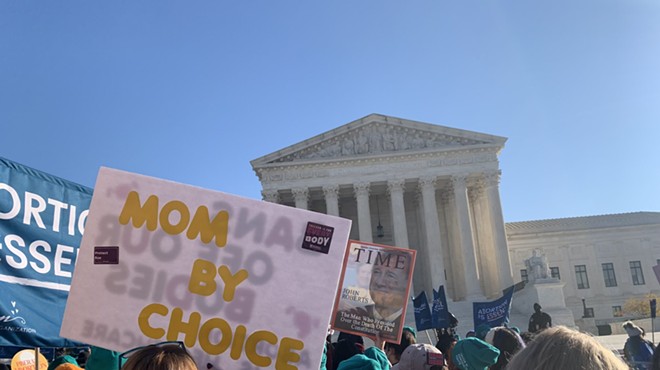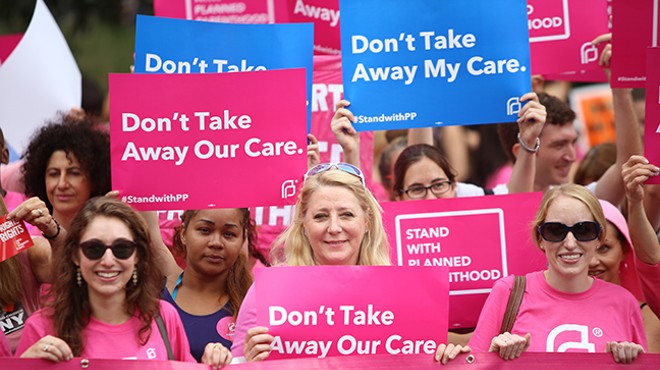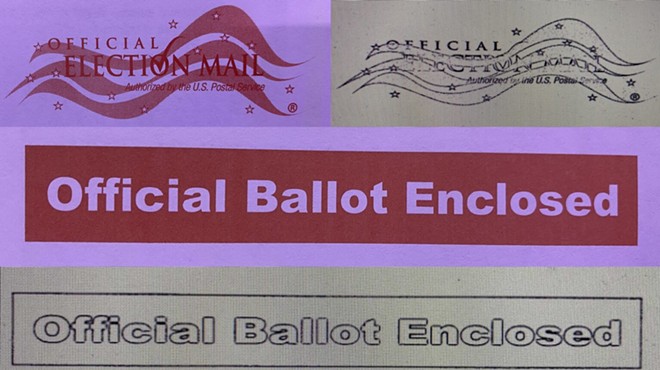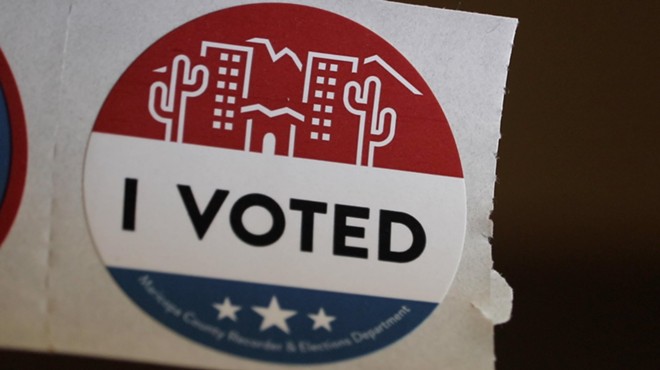Tuesday, June 9, 2015
Who Could've Guessed For-Profit Colleges Were Fleecing Their Students? (Anyone, Since 2009, or Earlier)
The latest news in the for-profit college scandals is, the U.S. government is planning to forgive federal loans owed by tens of thousands of students who used the money to pay for a nonexistent education at Corinthian Colleges. Secretary of Education Arne Duncan said the college's approach had "the ethics of payday lending." Remember the payday lending comparison for later.
This scam run by for-profit colleges to steal, generally from low income students who want to better themselves, isn't new news. It's old news. And if the problems were dealt with earlier and more diligently, and solutions weren't opposed so vigorously by the industry's lobbyists and their right wing enablers, the U.S. government might not be on the hook for debt relief that could be as high as $3.5 billion, and fewer ex-students would be on the hook for student loans they paid to waste their time with substandard, often worthless, education.
I started covering this issue in 2009 with a post titled, For profit colleges need oversight as well. I'm not bragging about how prescient I was. My post cited two articles which opened my eyes to the problem, one in Pro Publica about the University of Phoenix, and the other in the Washington Monthly about the for-profit college industry in general, titled, The Subprime Student Loan Racket. Remember the subprime loan comparison for later.
This is from the opening of the Washington Monthly article. Remember, this was in 2009.
At the age of forty-three, Martine Leveque . . . decided to pursue a career in nursing, a high-demand field where she could also do some good.Corinthian colleges got prime billing in a story six years ago.
While researching her options online, Leveque stumbled on the Web site for Everest College, part of the Corinthian Colleges chain, which pictured students in lab coats and scrubs probing a replica of a human heart and a string of glowing testimonials from graduates. . . . When Leveque contacted the admissions office, she was told she would receive hands-on training from experienced nurses in state-of-the-art labs with the most modern equipment—including a recently purchased $30,000 mannequin that could simulate the birthing process. She also says recruiters told her that she would be able to do rotations at the University of California, Los Angeles Medical Center, one of the nation’s best hospitals.
[snip]
The instructors had little recent medical experience. Instead of really teaching, she says, they usually just read textbooks aloud in class and sometimes offered students the answers on tests ahead of time. On the rare occasions when Leveque and her class were given time in the lab, she found that the equipment was broken down and shoddy—except for the expensive new mannequin, which no one knew how to use.
As for the University of Phoenix, the Pro Publica article says the university paid out $10 million to resolve "systematic enrollment abuses" which occurred in 2004.
But some of the school's recruiters have continued to use high-pressure, deceptive tactics, according to a dozen current and former students and two former recruiters who spoke to ProPublica and Marketplace as part of a joint investigation.I continued to write about stories of abuses by for-profit colleges. Kaplan tutoring began running a string of for-profit colleges, and lobbied hard against the government cracking down on abuses by the industry. Kaplan, by the way, is owned by the same people who own The Washington Post (2010). University of Phoenix was getting 88 percent of its revenue from U.S. student grants and loans. Total government aid to for-profit colleges was $26.5 billion a year (2010). The default rate on student loans at for-profit colleges was twice as high as at public colleges and three times as high as at nonprofit colleges (2011). Then-Attorney General Tom Horne refused to join with other states to investigate for-profit colleges in spite of—or maybe because of—the fact we have University of Phoenix, which at the time had 400,000 students across the country (2011). ALEC put together draft legislation supporting for-profit colleges, which turned into an Arizona Senate Concurrent Resolution, courtesy of Sen. Nancy Barto, who was named ALEC Legislator of the Year (2011). A bill sponsored by Arizona Republicans offered a tax break for the University of Phoenix.The bill was so bad, Gov. Brewer vetoed it (2012).
The students said Phoenix counselors misled them about whether credits would transfer to other schools, pretended to befriend them and lied about financial aid. The recruiters said they were told to rope students in with phony claims that classes were filling fast, or by suggesting that federal grants would cover costs, even if that was uncertain.
Remember the comparisons to payday lending and subprime loans I mentioned earlier? Those two schemes were horrible, and both preyed mostly on people with low incomes, just like the abuses perpetrated by for-profit colleges. And all three were defended by their greedy supporters as ways to help the very people who were actually being preyed upon. They asked with concerned faces, "How will the poor get money if we don't let them take advantage of these wonderful, helpful payday loans?" They criticized people who opposed subprime mortgages by asking, "How will people be able to attain the American Dream of owning a home if we don't offer them subprime loans?" The same argument was used to defend for-profit colleges against their detractors. "You want college only to be for the rich who can get into those fancy state and private, nonprofit colleges. How can low income people who want to improve themselves do it without these for-profit colleges that take everyone and give them the skills they need to succeed?"
Tags: Corinthian Colleges , For-profit colleges , University of Phoenix , Payday loans , Subprime loans












